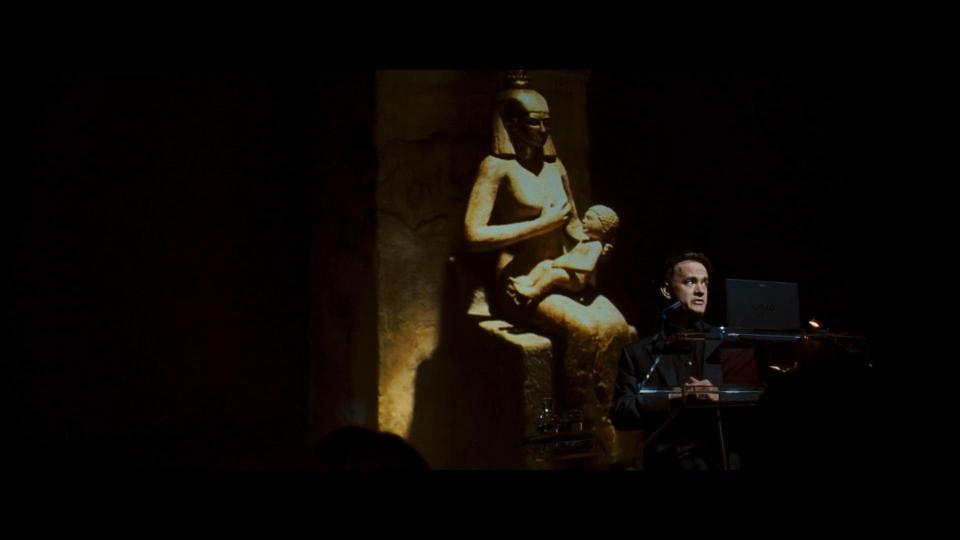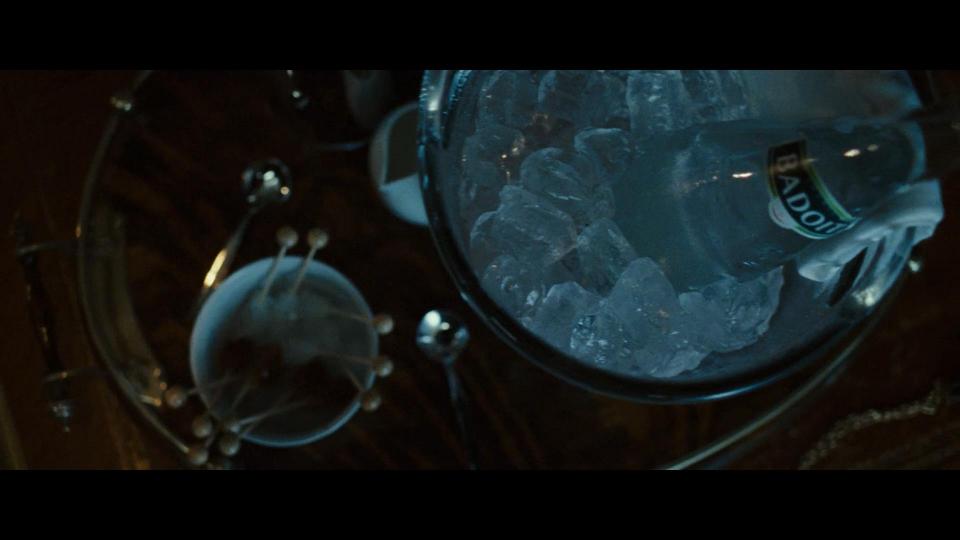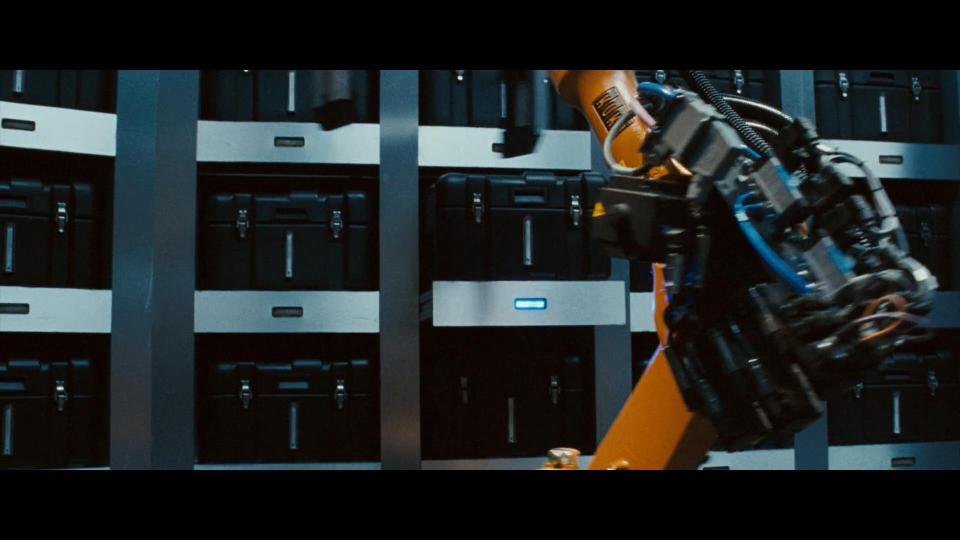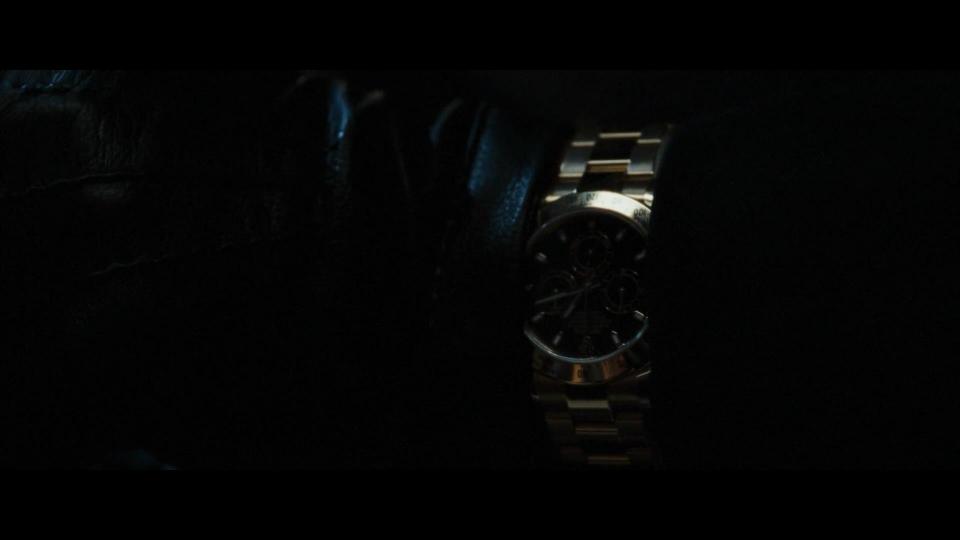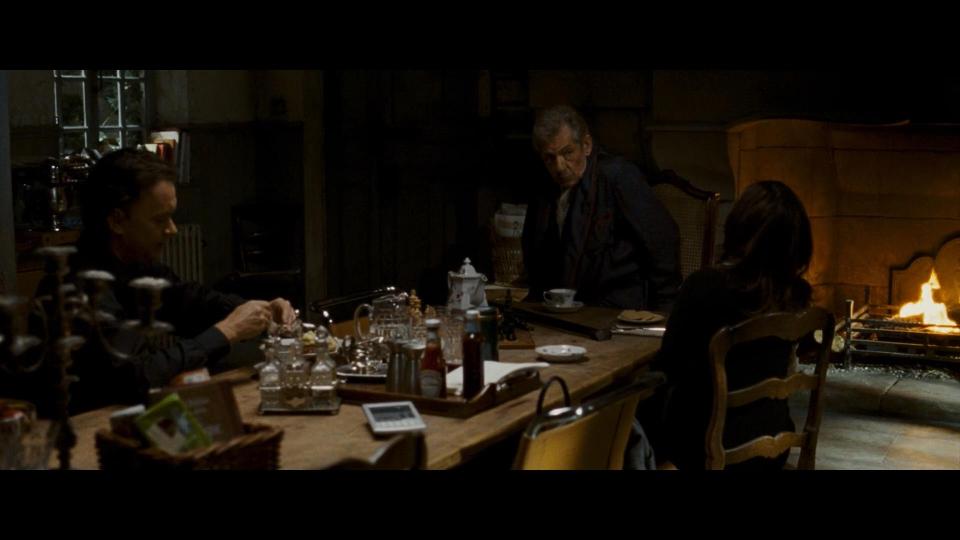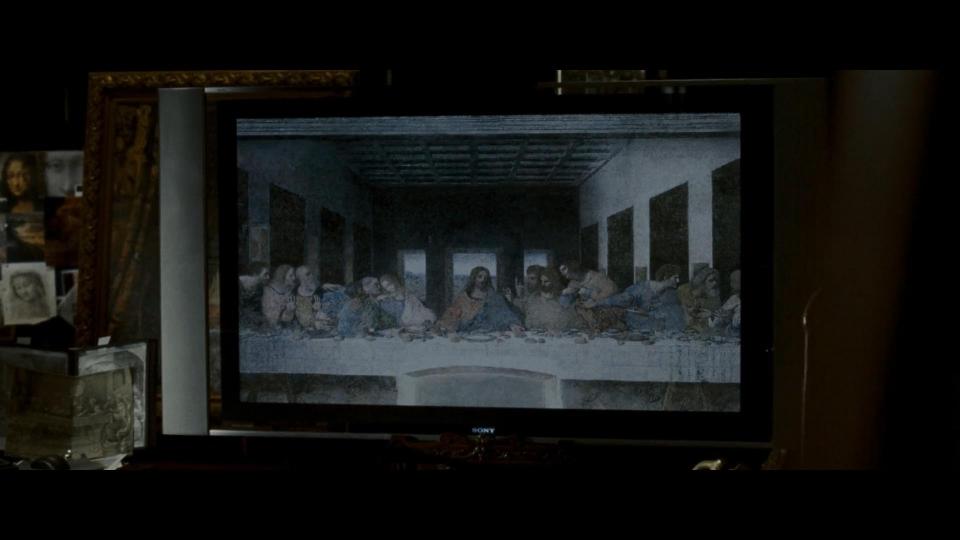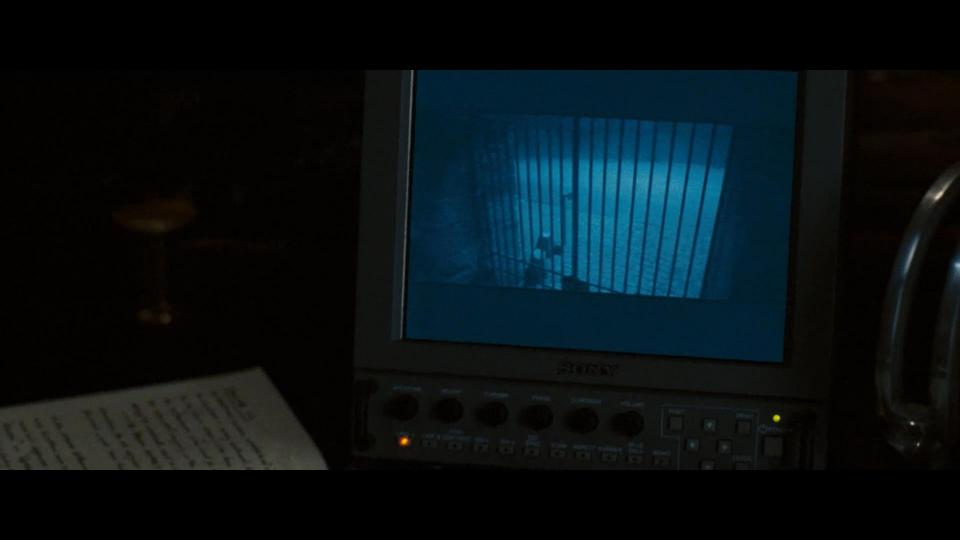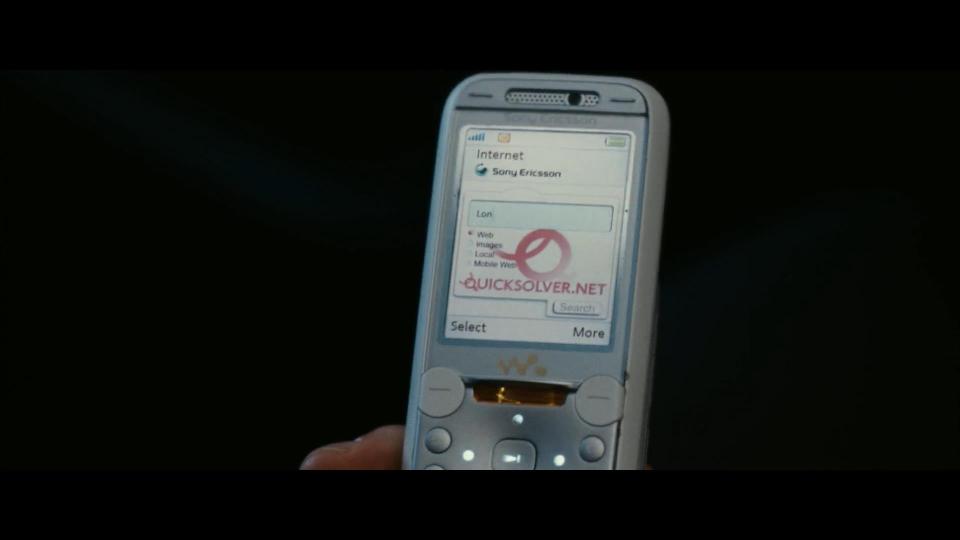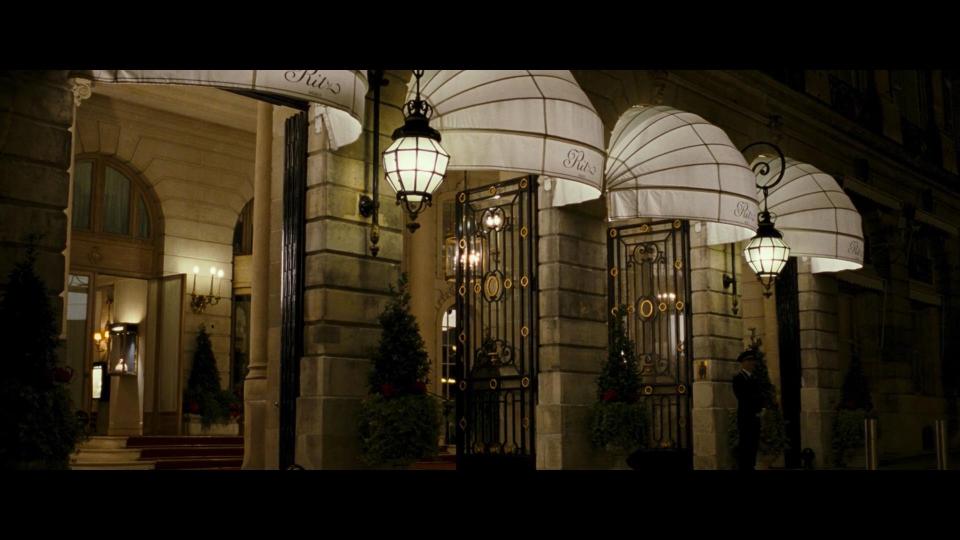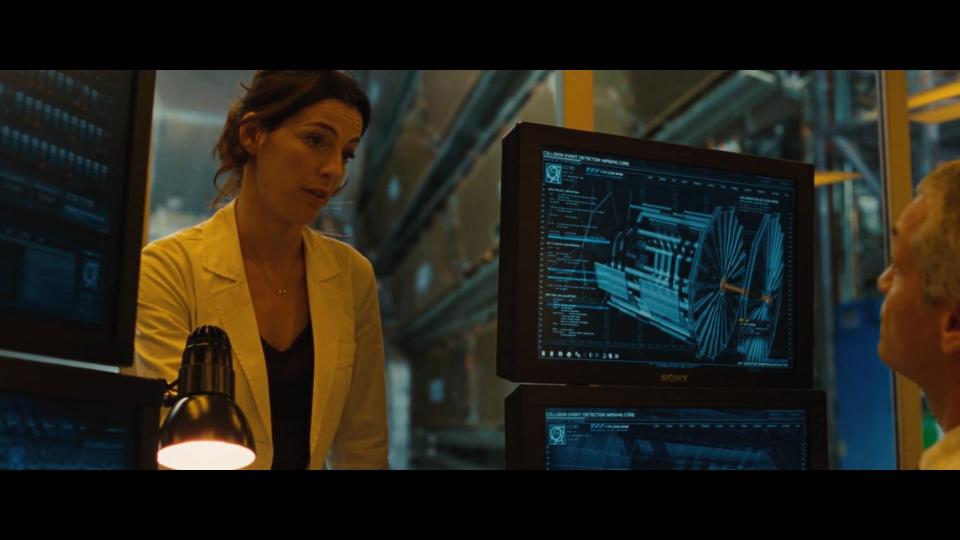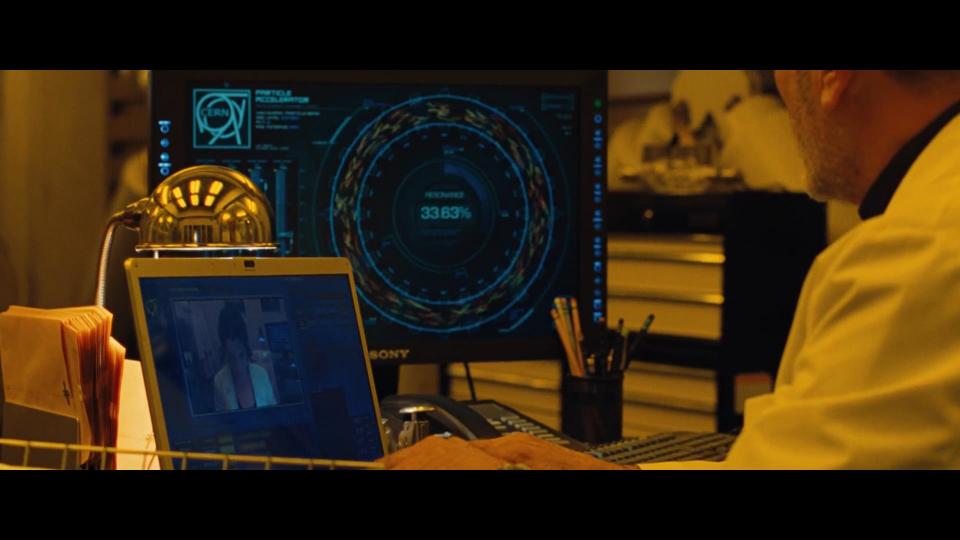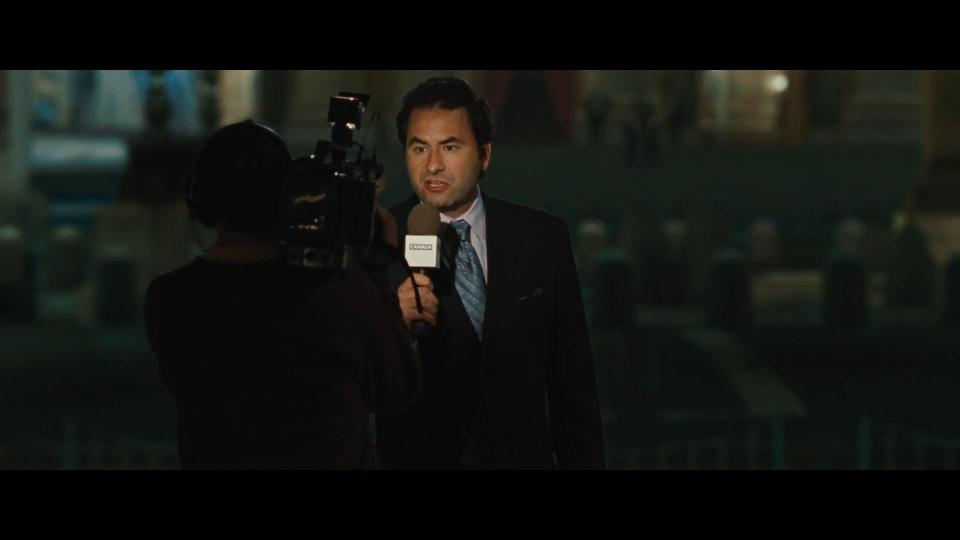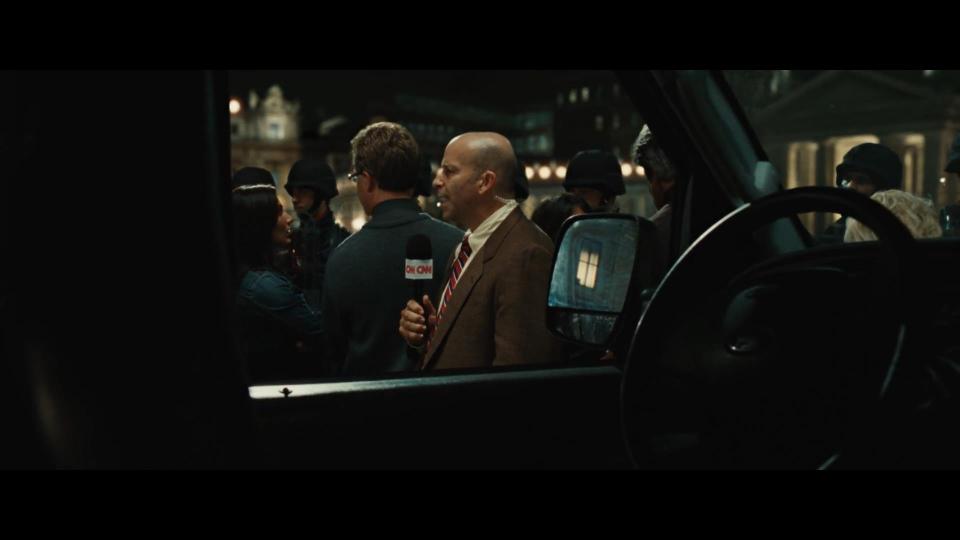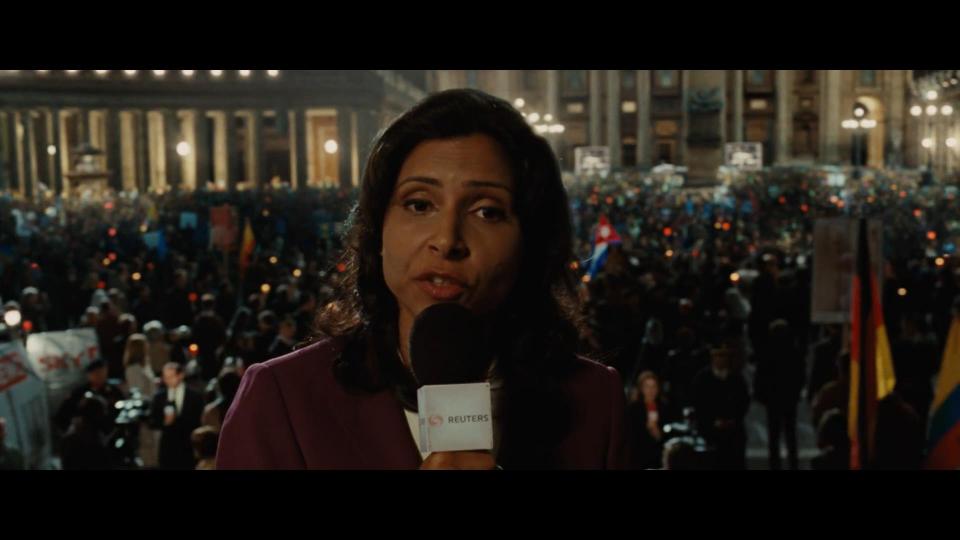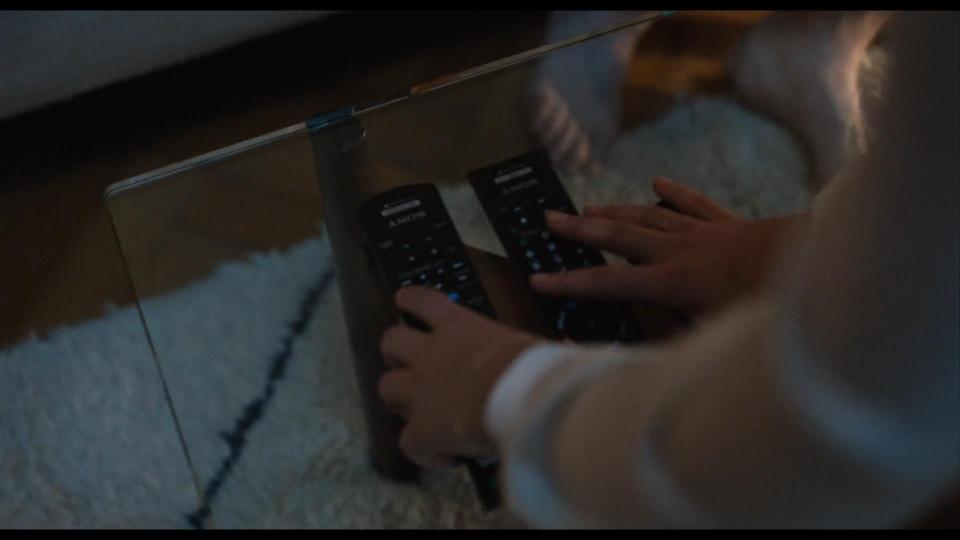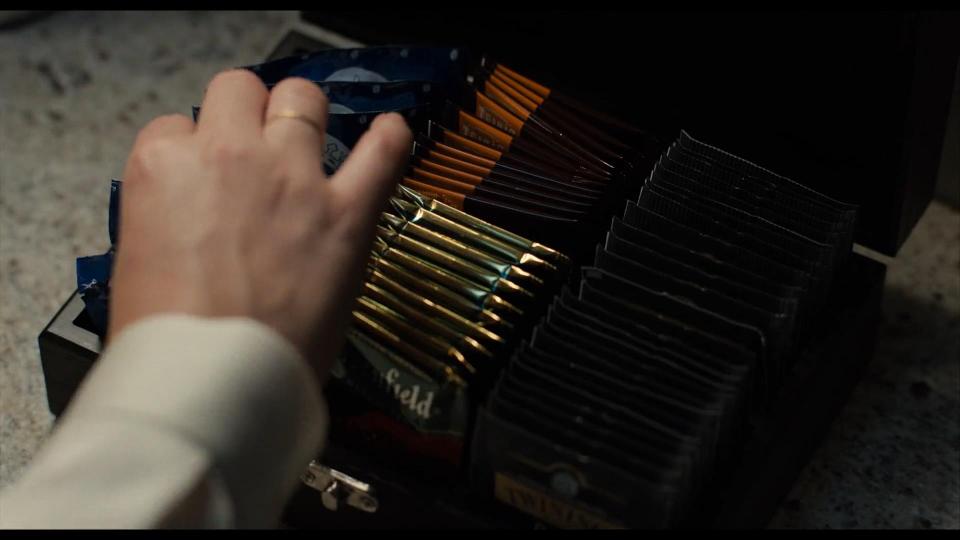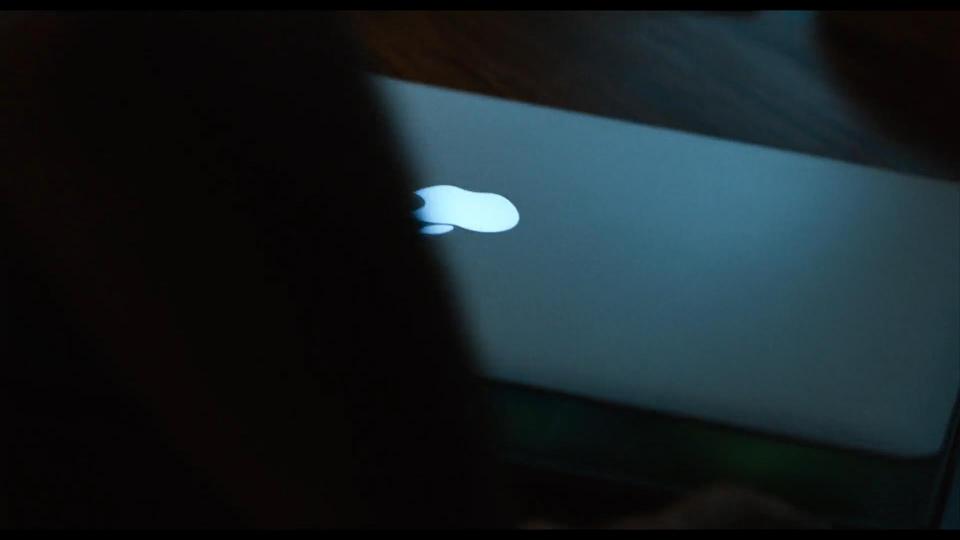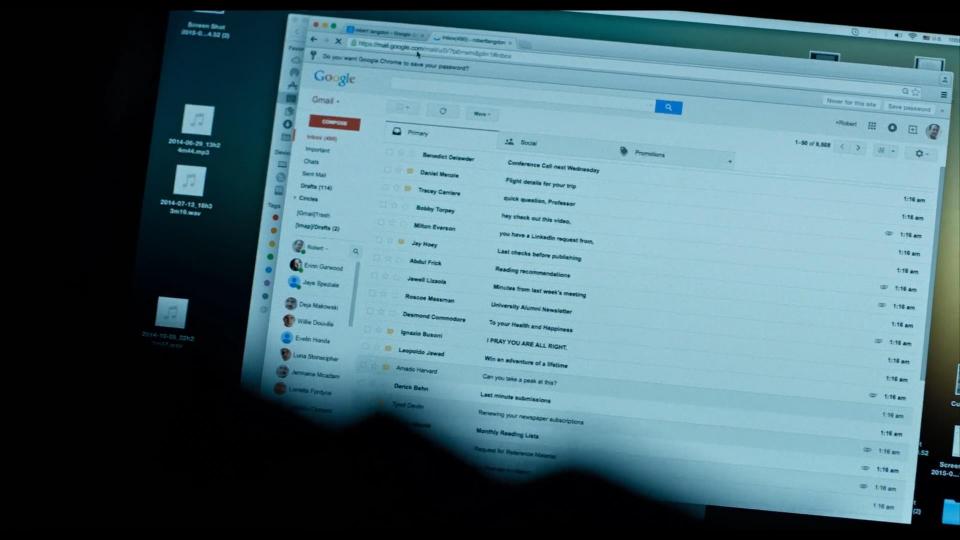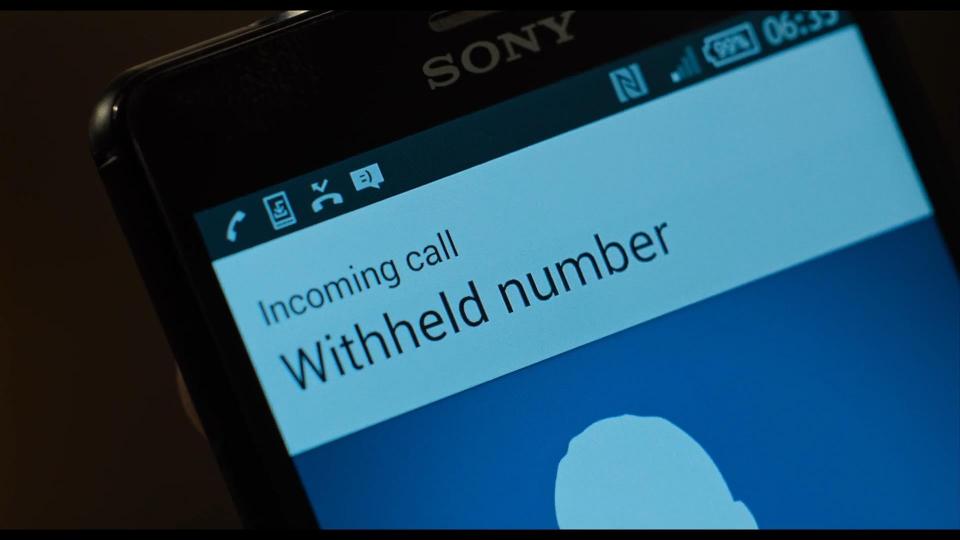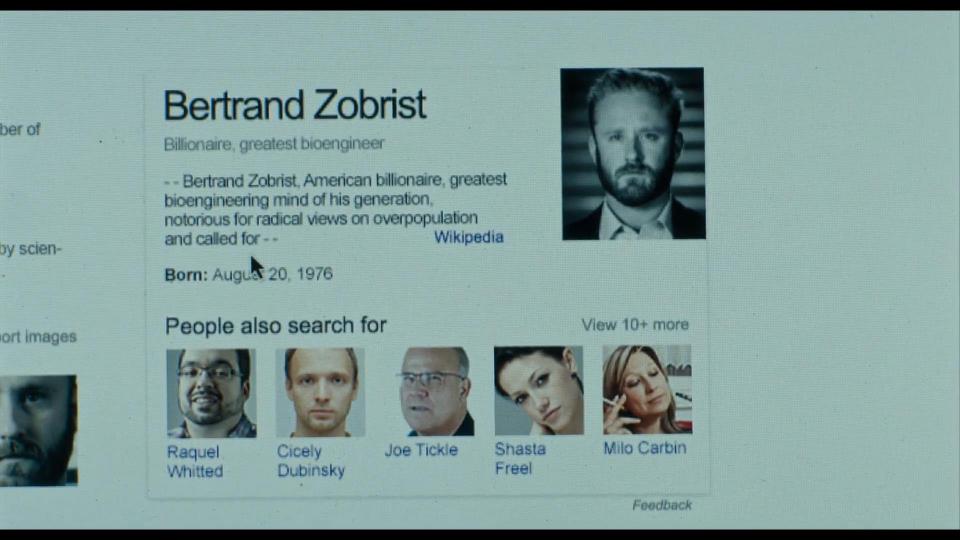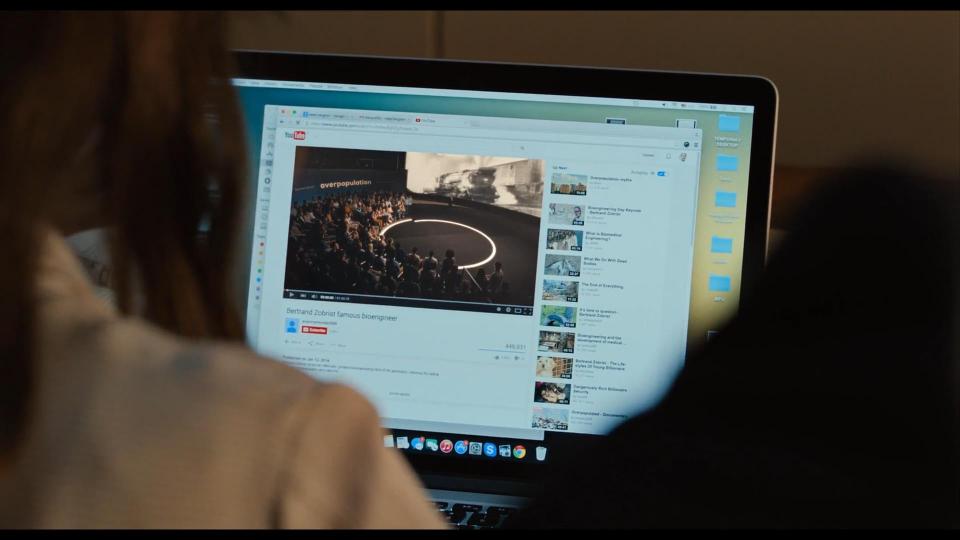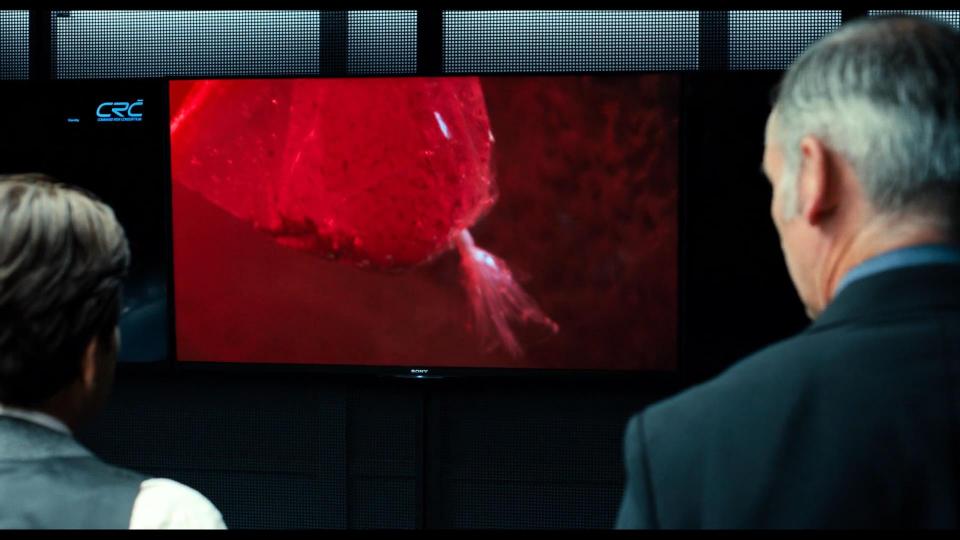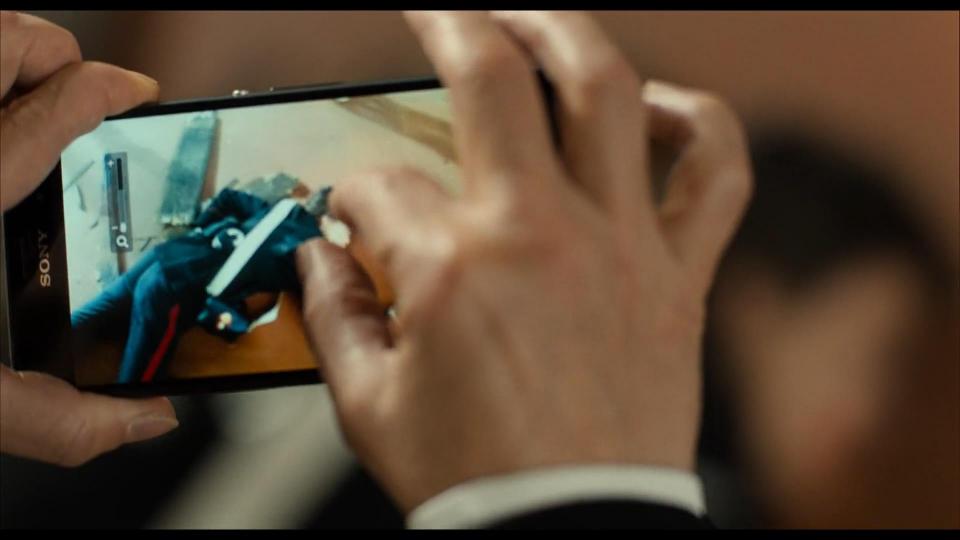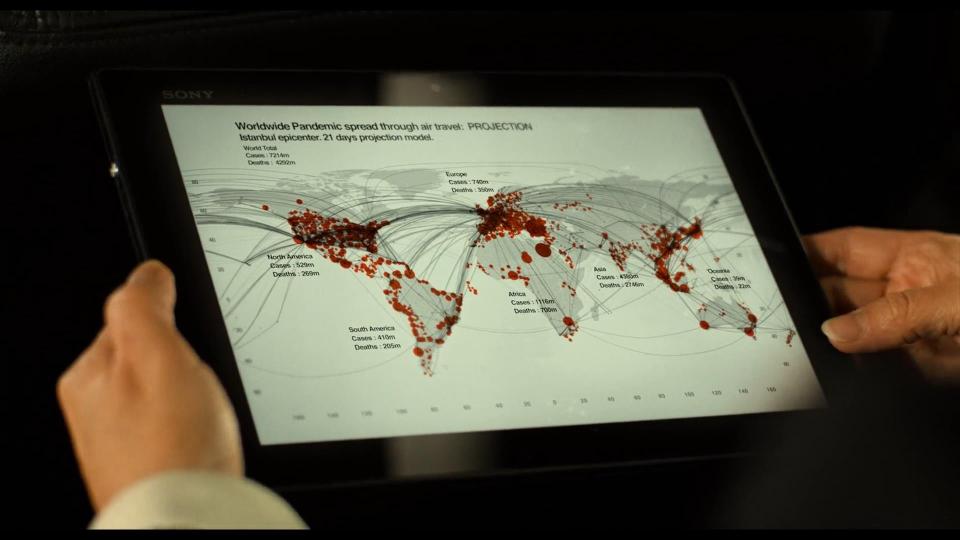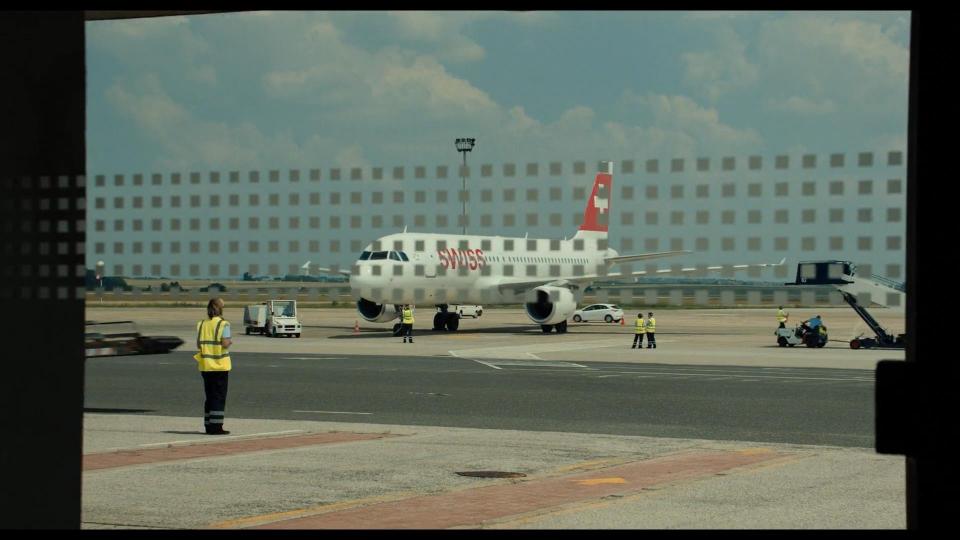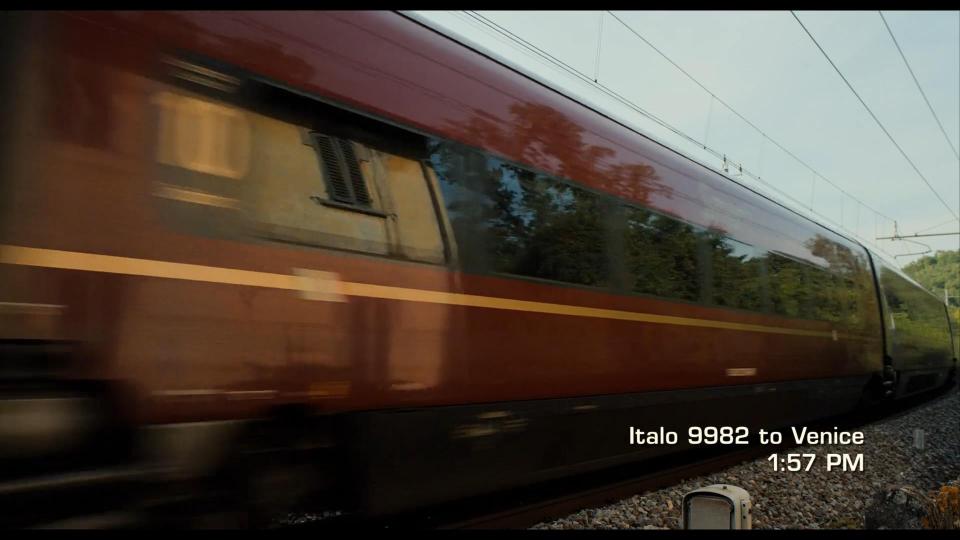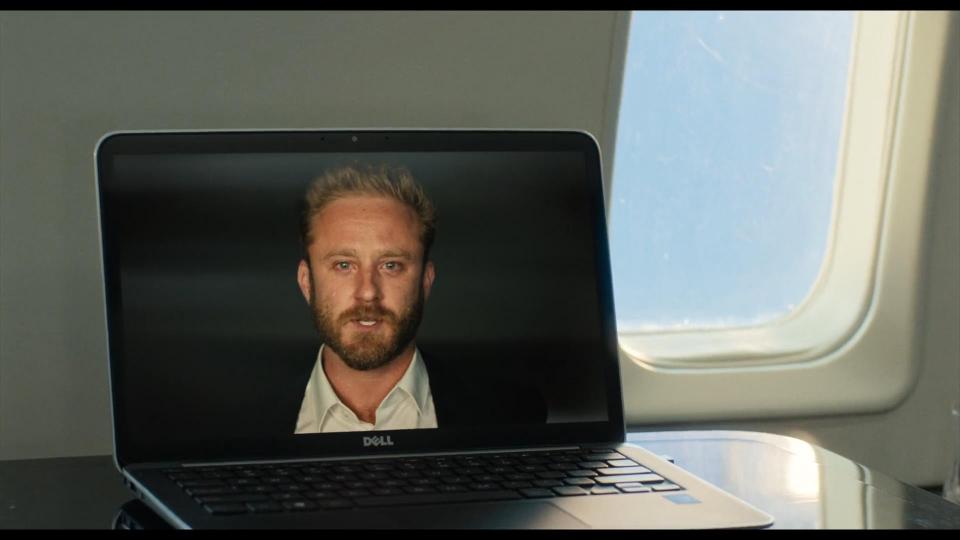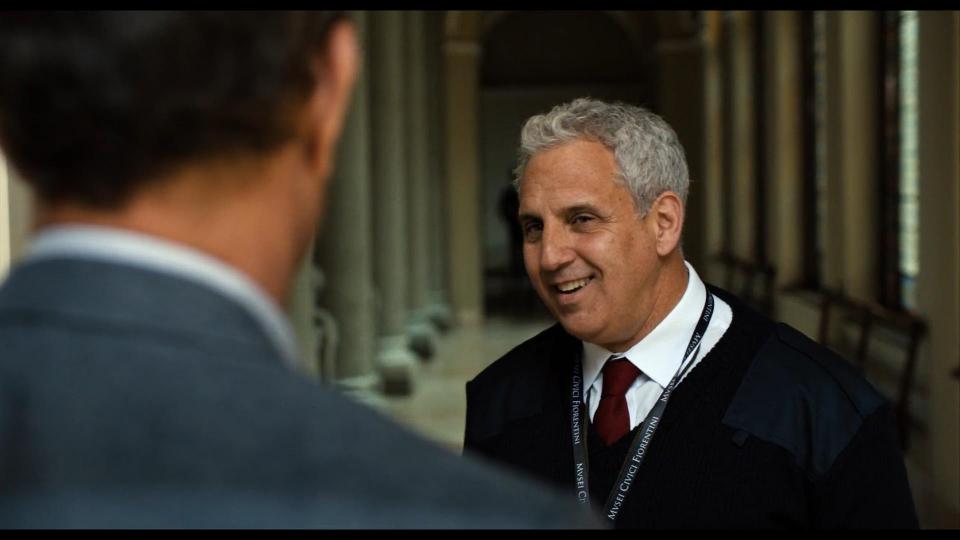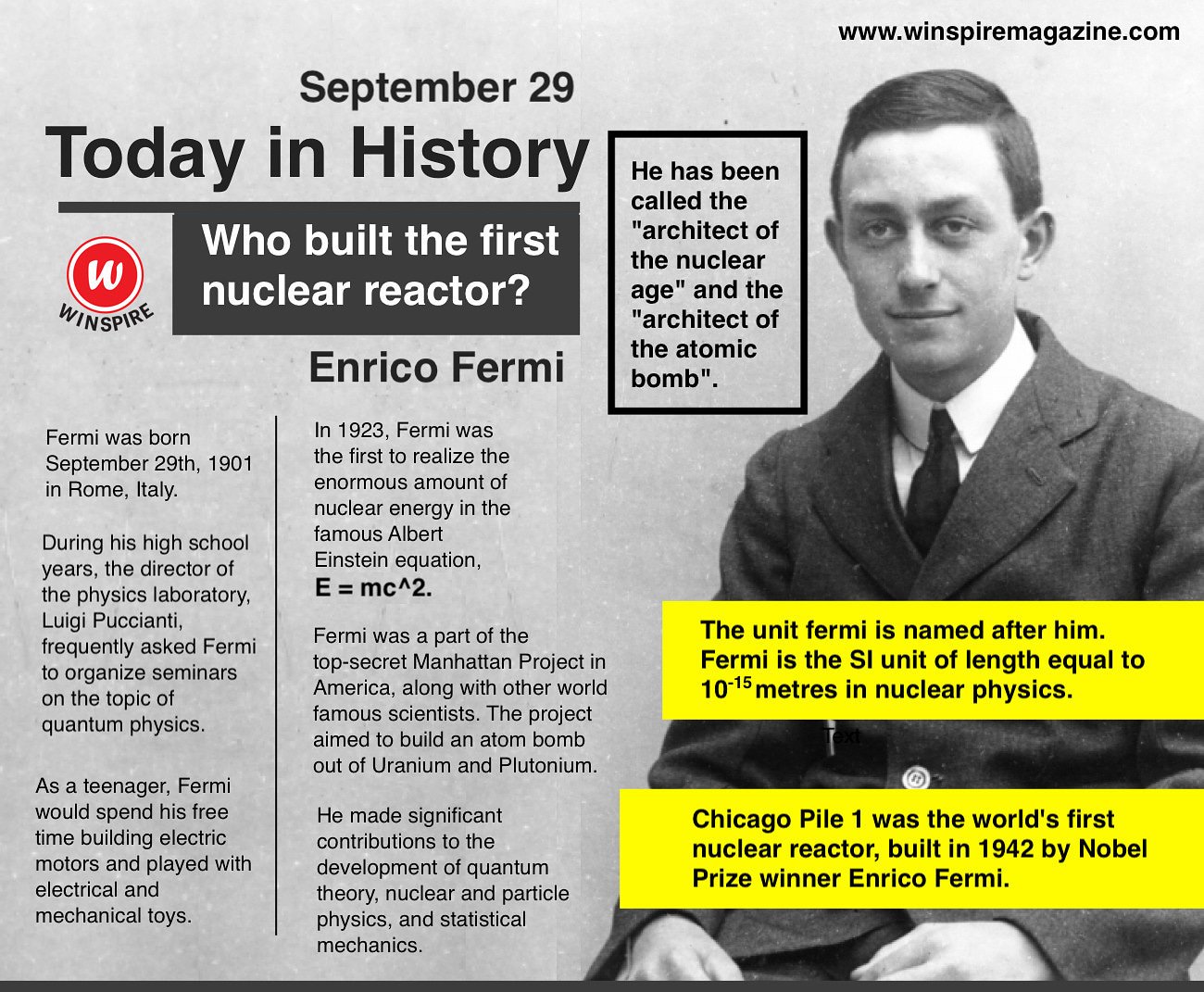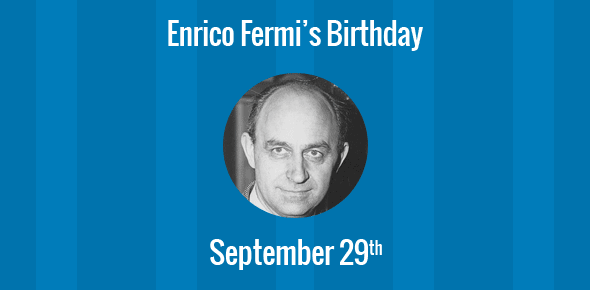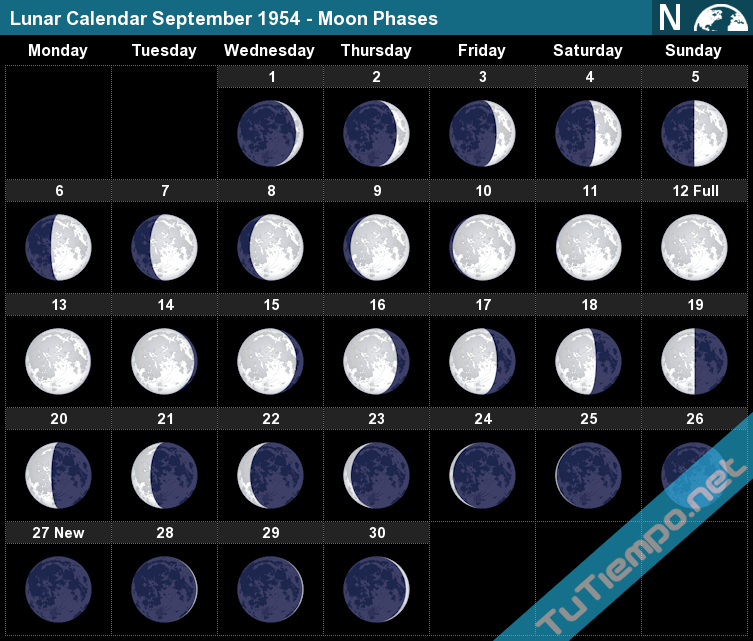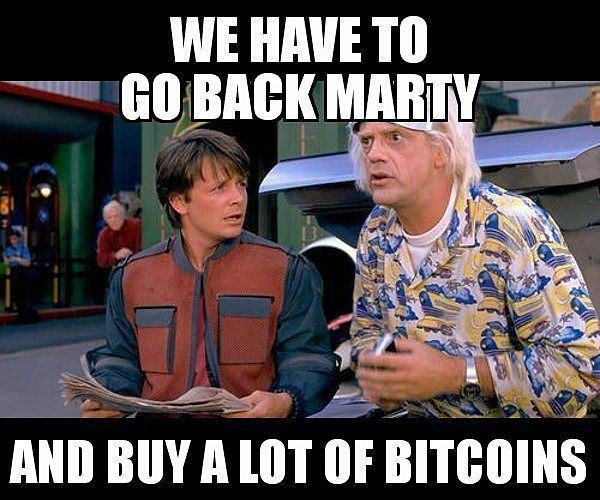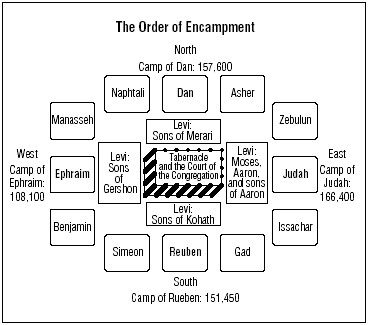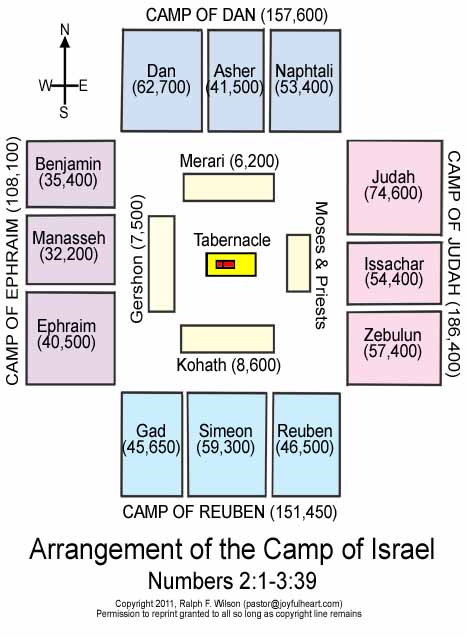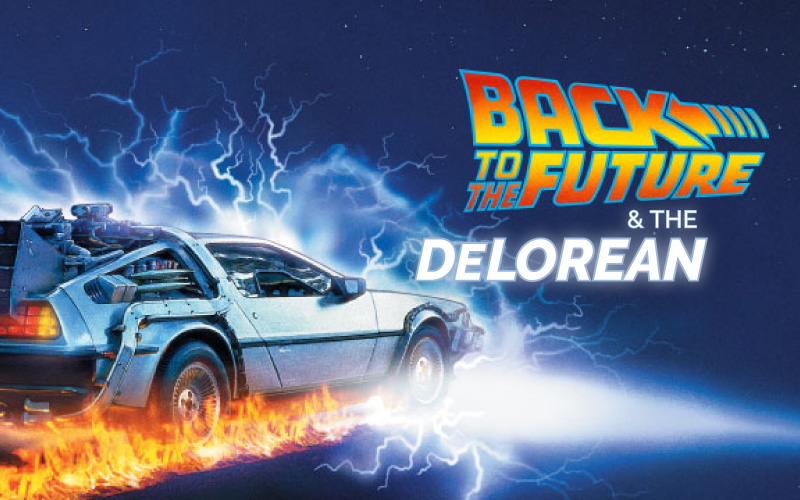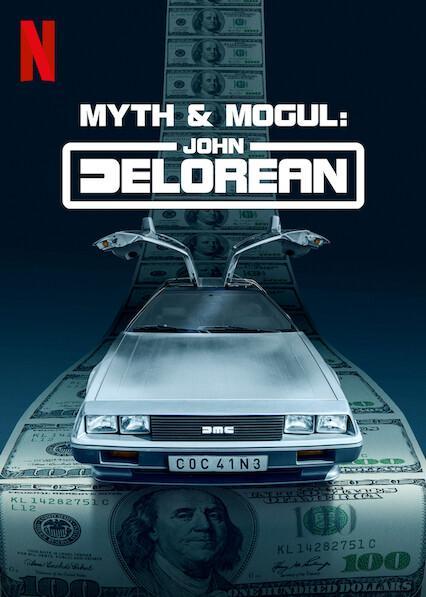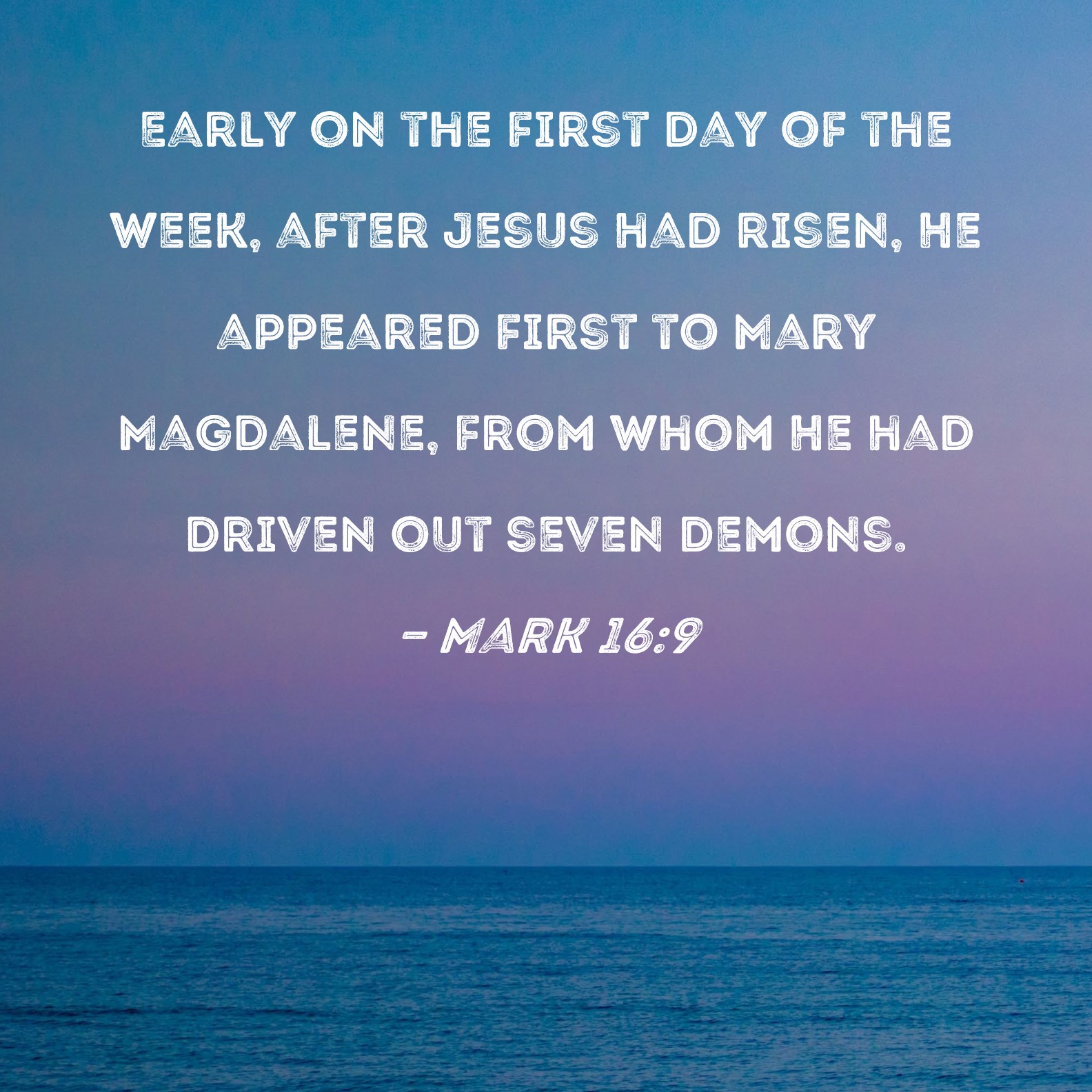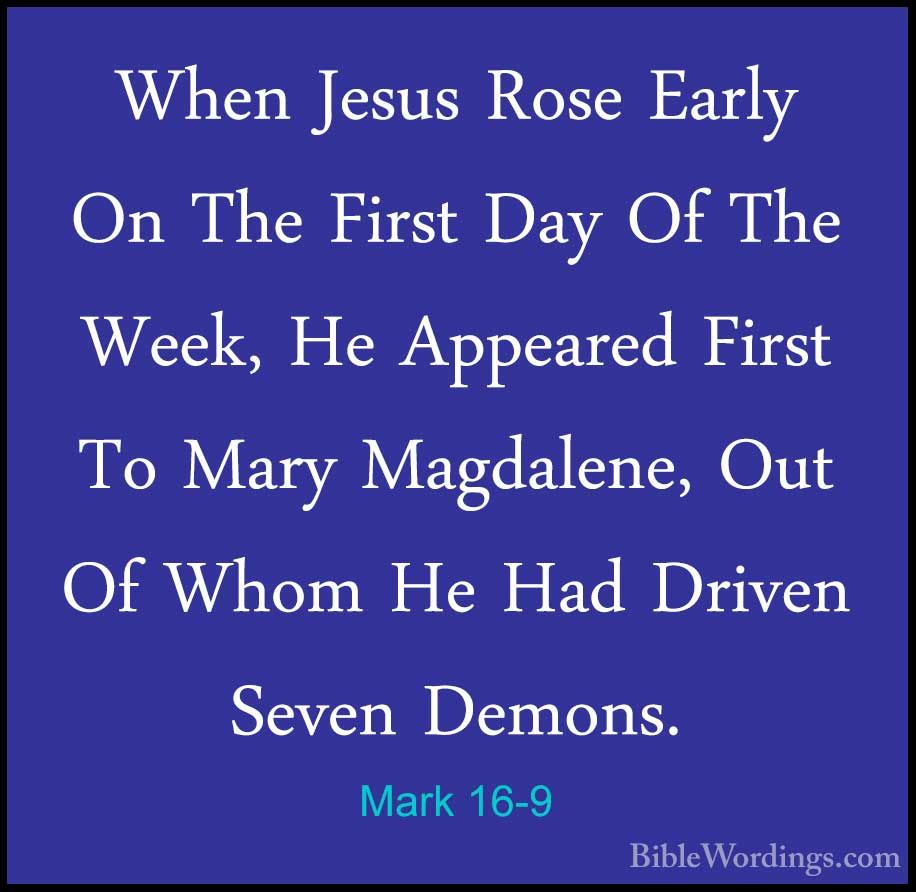|
|

 
Source: Facts.net
Welcome to our daily historical journey! In this article, we will explore the intriguing events and interesting facts that occurred on September 27th throughout history. It’s fascinating to delve into the past and uncover the significant milestones, memorable moments, and noteworthy achievements that shape our world today. From groundbreaking discoveries and technological advancements to political events and cultural milestones, September 27th has proven to be a day of great importance. This day holds a treasure trove of historical significance, and by exploring the events that unfolded on this date, we gain a deeper understanding of our collective past. So, join us as we embark on a captivating journey through time to discover all the facts and events that have taken place on September 27th in history.
HISTORICAL EVENTS
-
1954: The U.S. Army opens the first nuclear power station at Shippingport, Pennsylvania.
-
1964: The Warren Commission releases its report, concluding that Lee Harvey Oswald acted alone in the assassination of President John F. Kennedy.
-
1996: Taliban forces seize control of Kabul, the capital of Afghanistan.
-
2008: SpaceX launches the Falcon 1, becoming the first privately-funded liquid-fueled rocket to reach orbit.
-
2014: Hong Kong pro-democracy protests, also known as the “Umbrella Movement,” begin after China announces plans for strict control over Hong Kong’s elections.
SCIENTIFIC BREAKTHROUGHS
-
1825: George Stephenson successfully operates the first practical steam locomotive, the “Locomotion No. 1,” on the Stockton and Darlington Railway in England.
-
1942: The first successful controlled nuclear chain reaction is achieved by a team led by Enrico Fermi at the University of Chicago.
-
1998: The first robotic mission to Mars, NASA’s Mars Pathfinder, deploys the Sojourner rover and begins transmitting valuable scientific data back to Earth.
-
2007: NASA’s Dawn spacecraft is launched, embarking on a mission to study the protoplanet Vesta and the dwarf planet Ceres.
-
2015: Scientists announce the discovery of liquid water on Mars, raising the possibility of potential microbial life on the planet.
  Enrico Fermi, Italian-American physicist, received the 1938 Nobel Prize in physics for identifying new elements and discovering nuclear reactions by his method of nuclear irradiation and bombardment. He was born in Rome, Italy, on September 29, 1901, and died in Chicago, Illinois, on November 28, 1954.
|
|
|
|
|
|
|
|
Different cyclotron size: a) Lawrence ́s first one, b) Venezuela First one (courtesy of Dorly Coehlo), c) Fermi National Laboratory at CERN. And size matters, and Cyclotrons win as best hospital candidates due to Reactors are bigger, harder and difficult to be set in a hospital installation. Can you imagine a nuclear reactor inside a health installation? Radiation Protection Program will consume all the budget available. Size, controlled reactions, electrical control, made cyclotrons easy to install, and baby cyclotrons come selfshielded so hospital don ́t need to spend money in a extremely large bunker. Now on, we are going to talk about our first experience with the set up of a baby cyclotron for medical uses inside the first PET installation in Latin America. “Baby” means its acceleration “D” diameters are suitable to be set inside a standard hospital room dimensions, with all its needs to be safetly shielded for production transmision and synthetized for human uses for imaging in Nuclear Medicine PET routine. When we ask why Cyclotrons are better than reactors for radioisotopes production to be used in Medicine, we also have to have in mind that they has: 1. Less radioactive waste 2. Less harmful debris
https://www.researchgate.net/figure/Different-cyclotron-size-a-Lawrence-s-first-one-b-Venezuela-First-one-courtesy-of_fig3_221906035 |
|
|
|
|
|
|
|
Different cyclotron size: a) Lawrence ́s first one, b) Venezuela First one (courtesy of Dorly Coehlo), c) Fermi National Laboratory at CERN. And size matters, and Cyclotrons win as best hospital candidates due to Reactors are bigger, harder and difficult to be set in a hospital installation. Can you imagine a nuclear reactor inside a health installation? Radiation Protection Program will consume all the budget available. Size, controlled reactions, electrical control, made cyclotrons easy to install, and baby cyclotrons come selfshielded so hospital don ́t need to spend money in a extremely large bunker. Now on, we are going to talk about our first experience with the set up of a baby cyclotron for medical uses inside the first PET installation in Latin America. “Baby” means its acceleration “D” diameters are suitable to be set inside a standard hospital room dimensions, with all its needs to be safetly shielded for production transmision and synthetized for human uses for imaging in Nuclear Medicine PET routine. When we ask why Cyclotrons are better than reactors for radioisotopes production to be used in Medicine, we also have to have in mind that they has: 1. Less radioactive waste 2. Less harmful debris
https://www.researchgate.net/figure/Different-cyclotron-size-a-Lawrence-s-first-one-b-Venezuela-First-one-courtesy-of_fig3_221906035
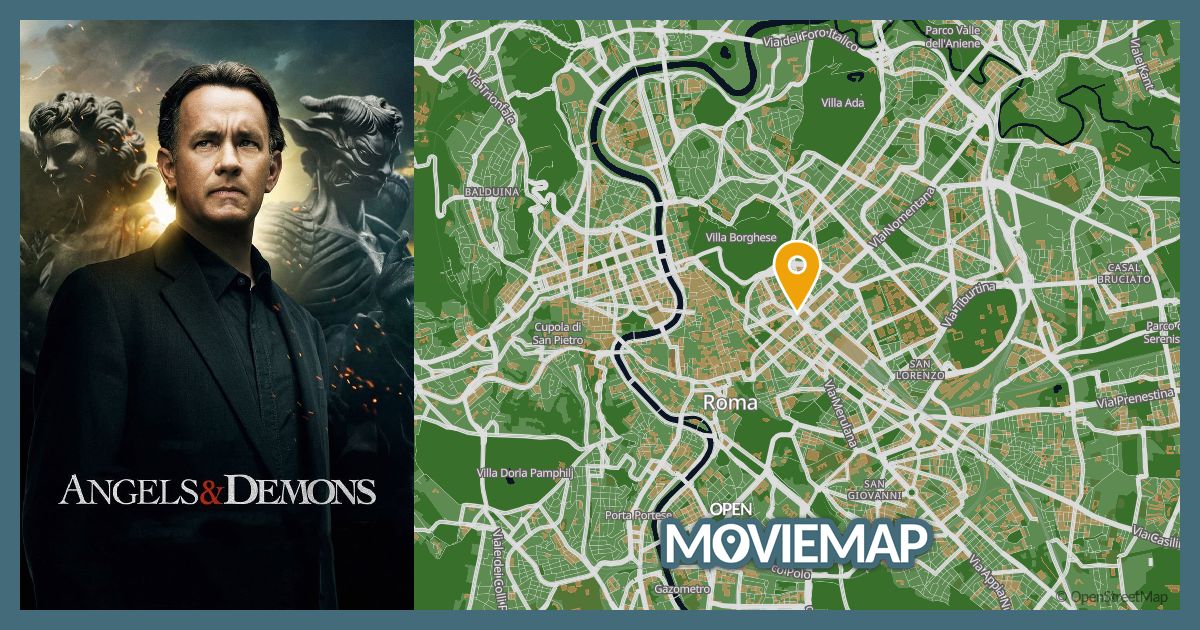 |
|
|
|
|
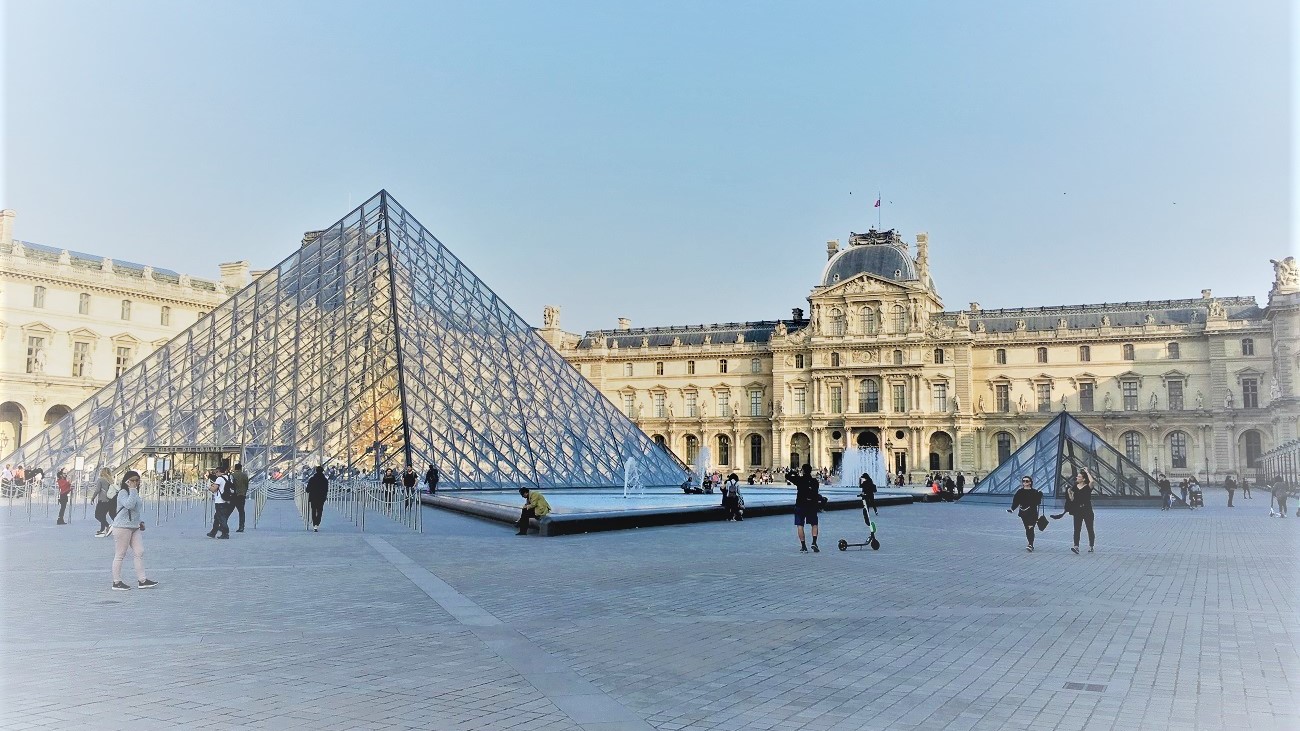
I love the adventure stories with twisted plots, mysteries, puzzles. That is why I love the stories created by Dan Brown and his major character Professor Robert Langdon who was very well played by Tom Hanks in the series of successful movies. Moreover, in my travel adventures I managed to visit most of the countries, places, museums, etc, and even CERN, which are described in the books and movies. And when I watch the movies I travel back in time together with Professor Langdon.
So, today I invite you to solve great mysteries of Leonardo, Illuminati, and Dante. It’s time to refresh your knowledge of history and arts. Welcome aboard!
Jacques Saunière, a Louvre curator, is pursued through the Grand Gallery by an albino Catholic monk named Silas, who demands the location of the Priory’s “keystone” to find and destroy the Holy Grail. Saunière gives him a false lead and is murdered. The police find his body posed like Da Vinci’s Vitruvian Man. Police captain Bezu Fache has his lieutenant, Jérôme Collet, summon American symbologist Robert Langdon, who is in Paris for a lecture on the interpretation of symbols, to examine Saunière’s body.
Langdon is shown the body and a secret message, readable only by blacklight. It contains an out-of-order Fibonacci sequence. Sophie Neveu, a police cryptographer and Saunière’s granddaughter, tells Langdon that Fache planted a tracker on him after finding the words, “P.S. Find Robert Langdon” at the end of Saunière’s secret message. Fache believes that Langdon murdered Saunière. Sophie throws away the tracker, distracting the police while they sneak around the Louvre, finding more clues in Leonardo da Vinci’s works. Langdon deduces that Saunière was the grand master of the Priory of Sion. And our adventure begins.
We meet Professor Robert Langdon for the first time during his lecture. He uses Sony laptop for his presentation.
In one of the next scenes of the movie we can clearly see the van with Bosch logo. Same is for the famous French water – Badoit. We can see it in a bucket full of ice.
When Robert Langdon and Sophie Neveu (Audrey Tautou) come to the bank to retrieve the cryptex, we can see how KUKA robot picks the right box that belonged to Jacques Saunière. When the bank employee helps the main characters to pass the police, we can get a glimpse of his Rolex watch.
At Sir Leigh Teabing’s (Ian McKellen) house our guests learn more about The Last Supper painting secrets. Their host is also a fan of Sony, so we may see various TV sets and displays in the house. While enjoying their evening tea, we can as well see Heinz there, of course.
When Robert Langdon and Sophie look for a tomb in London, they borrow a Sony Ericsson smartphone to search for more information.
In the final scene of the movie we see that Robert lives in Ritz hotel in Paris, and from there he starts his evening walk to follow the Arago medallions and come to the Louvre.
The Catholic Church mourns the sudden death of Pope Pius XVI, and prepares for the papal conclave to elect his successor in Vatican City. Father Patrick McKenna (Ewan McGregor), the camerlengo, takes temporary control of the Vatican during the sede vacante period.
Meanwhile, at CERN, scientists Father Silvano Bentivoglio and Dr. Vittoria Vetra (Ayelet Zurer) create three canisters of antimatter. As Vetra goes to evaluate the experiment, she discovers that Silvano has been murdered, and one of the canisters was stolen. Shortly thereafter, four of the preferiti, the favored candidates to be elected pope, are kidnapped by a man claiming to represent the Illuminati. He sends the Vatican a warning, claiming he will murder each of the cardinals from 8 p.m. to midnight, when the stolen antimatter will explode and destroy the city, hidden somewhere within.
Unlike two other movies, there are only few product placements in Angels & Demons. And they can be divided in two categories – Sony and TV channels.
That is why we see Sony computers and displays in the first scene in CERN.
And when the events of the movie accelerate, we can see various TV channels broadcasting from Vatican City. These are Canal+, CNN, and Reuters.
And this is it for Angels & Demons. More product placements are waiting in Inferno.
Some time after helping the Vatican dealing with an antimatter threat, Harvard University professor Robert Langdon awakens in a hospital room in Florence, Italy, with no memory of what has transpired over the last few days, but being plagued with hellish visions. Dr. Sienna Brooks (Felicity Jones), the doctor tending to him, reveals that he is suffering from amnesia as a result of a bullet wound to the head. An orderly says the police are there to question Langdon but the officer turns out to be Vayentha, an assassin, who shoots the orderly while coming up the hallway. Brooks helps Langdon to escape, and they flee to her apartment.
Among Langdon’s personal belongings, Langdon and Brooks find a Faraday pointer, a miniature image projector with a modified version of Sandro Botticelli’s Map of Hell, which itself is based on Dante’s Inferno. They soon realize this is the first clue in a trail left by Bertrand Zobrist, a dangerously unstable villain who believed that rigorous measures were necessary to reduce the Earth’s growing population, and who committed suicide three days earlier after being chased by armed government agents.
When Robert Langdon wakes up in Sienna’s house, we can find various brands across her apartment. First of all we see Sony TV remote controls. And when Professor asks for coffee, Sienna goes to the kitchen where we spot tea brands like Greenfield and Twinings.
While Sienna is looking for some clothes for Robert, he decides to use her Apple MacBook to check his Google mail.
When Robert and Sienna decide to call to the consulate, we see that Sienna uses Sony smartphone. When they realize that they can trust no one, they start their investigation. First, they search for the information about Zobrist. Google, Wikipedia, and YouTube are very helpful even in the movies.
Later in the movie we see more Sony product placements – a TV set in Command Risk Consortium, a smartphone and a tablet used by Elizabeth Sinskey.
When Robert Langdon and Sienna Brooks try to escape from their enemies with the help of Christoph Bouchard, they make everyone believe they are going to fly to Switzerland via Swiss, but instead they take an Italo speed train to Venice.
When finally the truth is revealed and memory is restored, Robert and Elizabeth go to Istanbul to stop Sienna from unleashing the virus. Elizabeth shares Zobrist’s message with Robert. They watch it together on a Dell laptop.
In the final scene when Professor returns Dante’s mask to the museum, we can see the museum employee wearing the tag with the Florentine Civic Museums branding.
Unfortunately, there is no news about the future movies with Tom Hanks. And no news about any new books. Looking forward to new adventures of Professor Langdon.
I highly recommend you to visit Product Placement section of the website. You will find more amazing movie series analysed there.
https://www.marketing-psycho.com/robert-langdon-product-placement/ |
|
|
|
|
Midnight in Paris
| Midnight in Paris |

Theatrical release poster
|
| Directed by |
Woody Allen |
| Written by |
Woody Allen |
| Produced by |
|
| Starring |
|
| Cinematography |
Darius Khondji |
| Edited by |
Alisa Lepselter |
Production
companies |
|
| Distributed by |
Sony Pictures Classics (United States)
Alta Films (Spain)[1] |
| Release dates |
- May 11, 2011 (Cannes)
- May 13, 2011 (Spain)
- May 20, 2011 (United States)
|
| Running time |
94 minutes[2] |
| Countries |
|
| Language |
English |
| Budget |
$17 million[1] |
| Box office |
$151.7 million[1] |
Midnight in Paris is a 2011 fantasy comedy film written and directed by Woody Allen. Set in Paris, the film follows Gil Pender (Owen Wilson), a screenwriter and aspiring novelist, who is forced to confront the shortcomings of his relationship with his materialistic fiancée (Rachel McAdams) and their divergent goals, which become increasingly exaggerated as he travels back in time to the 1920s each night at midnight.[3]
Produced by the Spanish group Mediapro and Allen's US-based Gravier Productions, the film stars Wilson, McAdams, Kathy Bates, Adrien Brody, Carla Bruni, Tom Hiddleston, Marion Cotillard, and Michael Sheen. It premiered at the 2011 Cannes Film Festival and was released in the United States on May 20, 2011.[3][4] The film opened to critical acclaim. In 2012, it won the Academy Award for Best Original Screenplay and the Golden Globe Award for Best Screenplay. It was nominated for three other Academy Awards: Best Picture, Best Director and Best Art Direction.[5]
In 2010, disillusioned screenwriter Gil Pender and his fiancée, Inez, vacation in Paris with Inez's wealthy parents. Gil, struggling to finish his debut novel about a man who works in a nostalgia shop, finds himself drawn to the artistic history of Paris, especially the Lost Generation of the 1920s, and has ambitions to move there, which Inez dismisses. By chance, they meet Inez's friend, Paul, and his wife, Carol. Paul speaks with great authority but questionable accuracy on French history, annoying Gil but impressing Inez.
Intoxicated after a night of wine tasting, Gil decides to walk back to their hotel, while Inez goes with Paul and Carol by taxi. At midnight, a 1920s car pulls up beside Gil and delivers him to a party for Jean Cocteau, attended by other people of the 1920s Paris art scene. Zelda Fitzgerald, bored, encourages her husband Scott and Gil to leave with her. They head to a cafe where they run into Ernest Hemingway and Juan Belmonte. After Zelda and Scott leave, Gil and Hemingway discuss writing, and Hemingway offers to show Gil's novel to Gertrude Stein. As Gil leaves to fetch his manuscript, he returns to 2010; the cafe is now a laundromat.
The next night, Gil tries to repeat the experience with Inez, but she leaves before midnight. Returning to the 1920s, Gil accompanies Hemingway to visit Gertrude Stein, who critiques Pablo Picasso's new painting of his lover Adriana. Gil becomes drawn to Adriana, a costume designer who also had affairs with Amedeo Modigliani and Georges Braque. Having heard the first line of Gil's novel, Adriana praises it and admits she has always longed for the past.
Gil continues to time travel the following nights. Inez grows jaded with Paris and Gil's constant disappearing, while her father grows suspicious and hires a private detective to follow him. Adriana leaves Picasso and continues to bond with Gil, who is conflicted by his attraction to her. Gil explains his situation to Salvador Dalí, Man Ray, and Luis Buñuel; as surrealists, they do not question his claim of coming from the future. Gil later suggests the plot of "The Exterminating Angel" to Buñuel.
While Inez and her parents travel to Mont Saint Michel, Gil meets Gabrielle, an antique dealer and fellow admirer of the Lost Generation. He later finds Adriana's diary at a book stall, which reveals that she was in love with Gil and dreamed of being gifted earrings before making love to him. To seduce Adriana, Gil tries to steal a pair of Inez's earrings but is thwarted by her early return to the hotel room.
Gil buys new earrings and returns to the past. After he gives Adriana the earrings, a horse-drawn carriage arrives, transporting them to the Belle Époque, an era Adriana considers Paris's Golden Age, they go to the Moulin Rouge where they meet Henri de Toulouse-Lautrec, Paul Gauguin, and Edgar Degas, who all agree that Paris's best era was the Renaissance. Adriana is offered a job designing ballet costumes; thrilled, she proposes to Gil that they stay, but he, observing the unhappiness of Adriana and the other artists, realizes that chasing nostalgia is fruitless because the present is always "a little unsatisfying." Adriana decides to stay, and they part ways.
Gil rewrites the first two chapters of his novel. He retrieves his draft from Stein, who praises his rewrite. Still, he says that on reading the new chapters, Hemingway does not believe that the protagonist does not realize that his fiancée, based on Inez, is having an affair with the character based on Paul. Gil returns to 2010 and confronts Inez, who admits to sleeping with Paul but disregards it as a meaningless fling. Gil breaks up with her and decides to move to Paris. The detective following him takes a "wrong turn" and ends up being chased by the palace guards of Louis XVI just before a revolution breaks out. While walking by the Seine at midnight, Gil encounters Gabrielle. As it begins to rain, he offers to walk her home and learns that they share a love for Paris in the rain.
Main cast
|
|
|
|
|
Gran colisionador de hadrones
 Estructura detallada de los precolisionadores, colisionadores y aceleradores del LHC
El Gran Colisionador de Hadrones (LHC; en inglés: Large Hadron Collider) es el acelerador de partículas más grande y de mayor energía que existe y la máquina más grande construida por el ser humano en el mundo.12 Fue construido por la Organización Europea para la Investigación Nuclear (CERN) entre 1989 y 2001 en colaboración con más de 10 000 científicos y cientos de universidades y laboratorios, así como más de 100 países de todo el Mundo.3 Se encuentra en un túnel de 27 kilómetros de circunferencia y a una profundidad máxima de 175 metros bajo tierra, debajo de la frontera entre Francia y Suiza, cerca de Ginebra.
Las primeras colisiones se lograron en 2010 a una energía de 3,5 teraelectronvoltios (TeV) por haz, aproximadamente cuatro veces el récord mundial anterior, alcanzados en el Tevatron.45 Después de las correspondientes actualizaciones, alcanzó 6,5 TeV por haz (13 TeV de energía de colisión total, el récord mundial actual).6789 A finales de 2018, entró en un período de parada de dos años, que finalmente se ha prolongado hasta 2022, con el fin de realizar nuevas actualizaciones, con lo cual se espera posteriormente alcanzar energías de colisión aún mayores.
El colisionador tiene cuatro puntos de cruce, alrededor de los cuales se colocan siete detectores, cada uno diseñado para ciertos tipos de experimentos en investigación. El LHC hace colisionar protones, pero también puede utilizar haces de iones pesados (por ejemplo de plomo) realizándose colisiones de átomos de plomo normalmente durante un mes al año. El objetivo de los detectores del LHC es permitir a los físicos probar las predicciones de las diferentes teorías de la física de partículas, incluida la medición de las propiedades del bosón de Higgs10 y la búsqueda de una larga serie de nuevas partículas predicha por las teorías de la supersimetría,11 así como también otros problemas no resueltos en la larga lista de elementos en la física de partículas.
 Túnel del Gran Colisionador de Hadrones (LHC) de la Organización Europea para la Investigación Nuclear (CERN) con todos los imanes e instrumentos. La parte del túnel que se muestra se encuentra debajo del LHC P8, cerca del LHCb.
El término "hadrón" se refiere a aquellas partículas subatómicas compuestas de quarks unidos por la fuerza nuclear fuerte (así como los átomos y las moléculas se mantienen unidos por la fuerza electromagnética).12 Los hadrones más conocidos son los bariones, como pueden ser los protones y los neutrones. Los hadrones también incluyen mesones como el pion o el kaón, que fueron descubiertos durante los experimentos de rayos cósmicos a fines de la década de 1940 y principios de la de 1950.13
Un "colisionador" es un tipo de acelerador de partículas con dos haces enfrentados de partículas que chocan entre sí. En la física de partículas, los colisionadores se utilizan como herramientas de investigación: aceleran las partículas a energías cinéticas muy altas que les permiten impactar con otras partículas.1 El análisis de los subproductos de estas colisiones, captados por los sensores, brinda a los científicos una buena evidencia de la estructura del mundo subatómico y de las leyes de la naturaleza que los gobiernan. Muchos de estos subproductos se producen sólo mediante colisiones de alta energía y se descomponen después de períodos de tiempo muy breves. Por lo tanto, muchos de ellos son difíciles o casi imposibles de detectar de otra manera.14
|
|
|
 Primer Primer
 Anterior
36 a 50 de 50
Següent Anterior
36 a 50 de 50
Següent
 Darrer
Darrer

|
